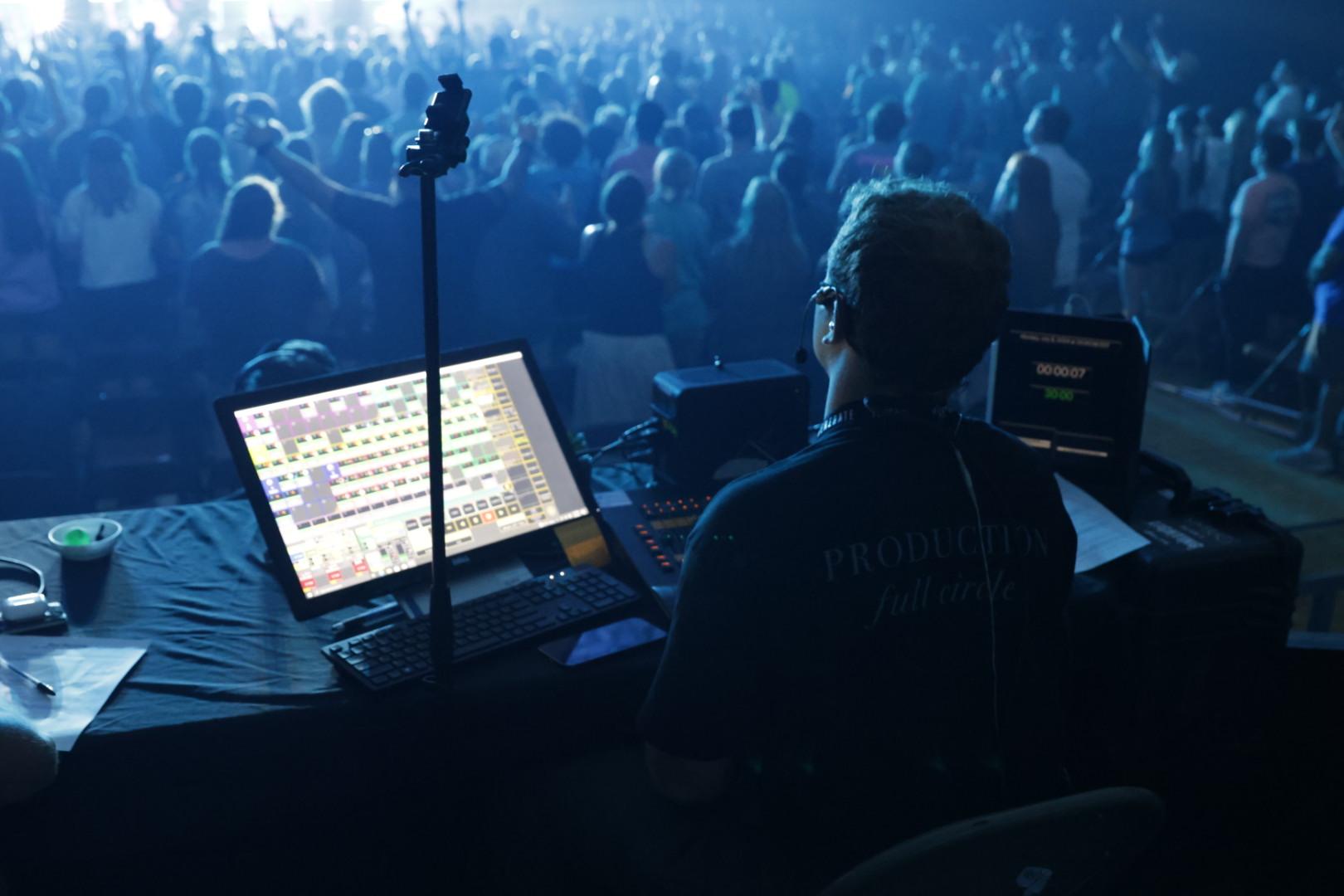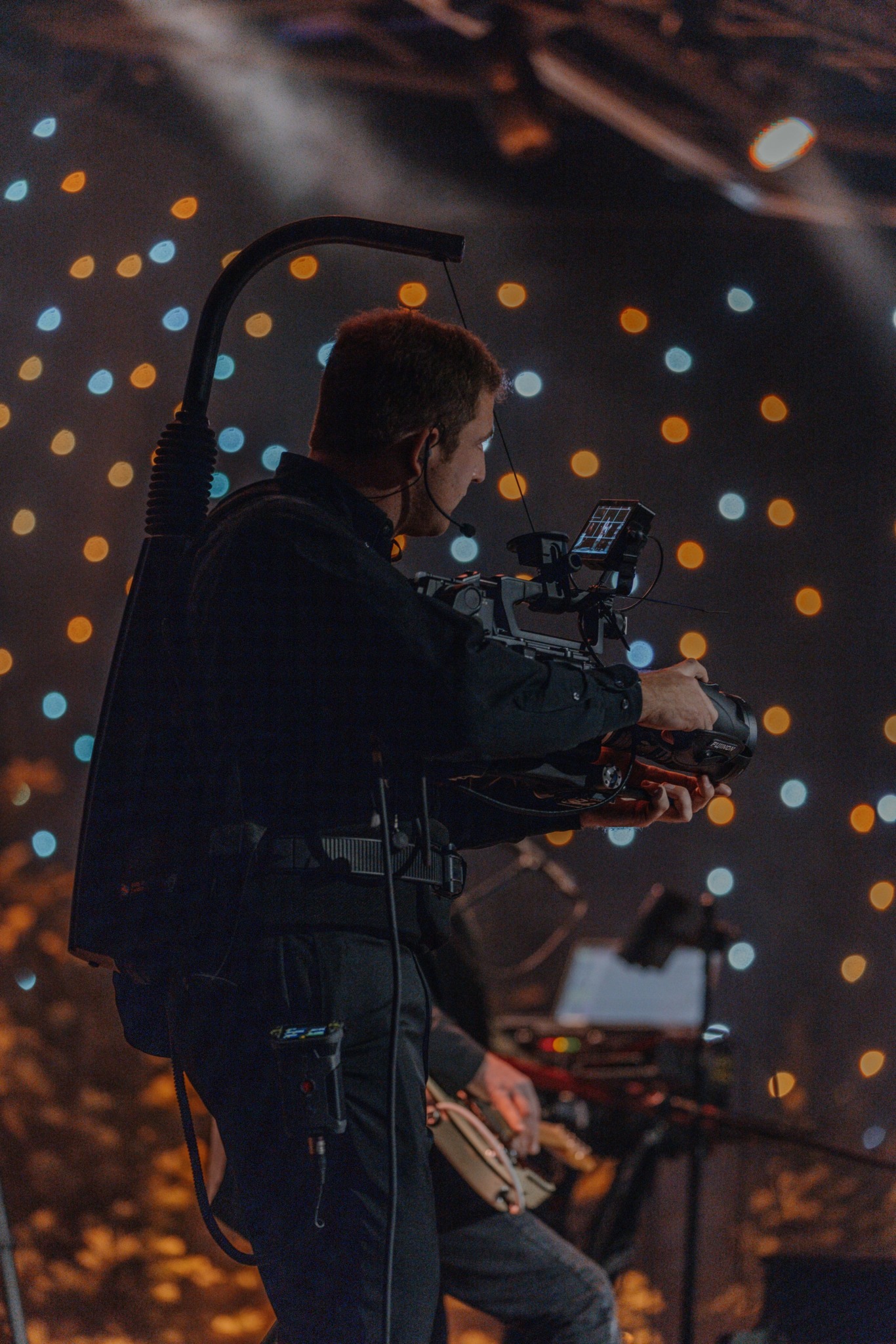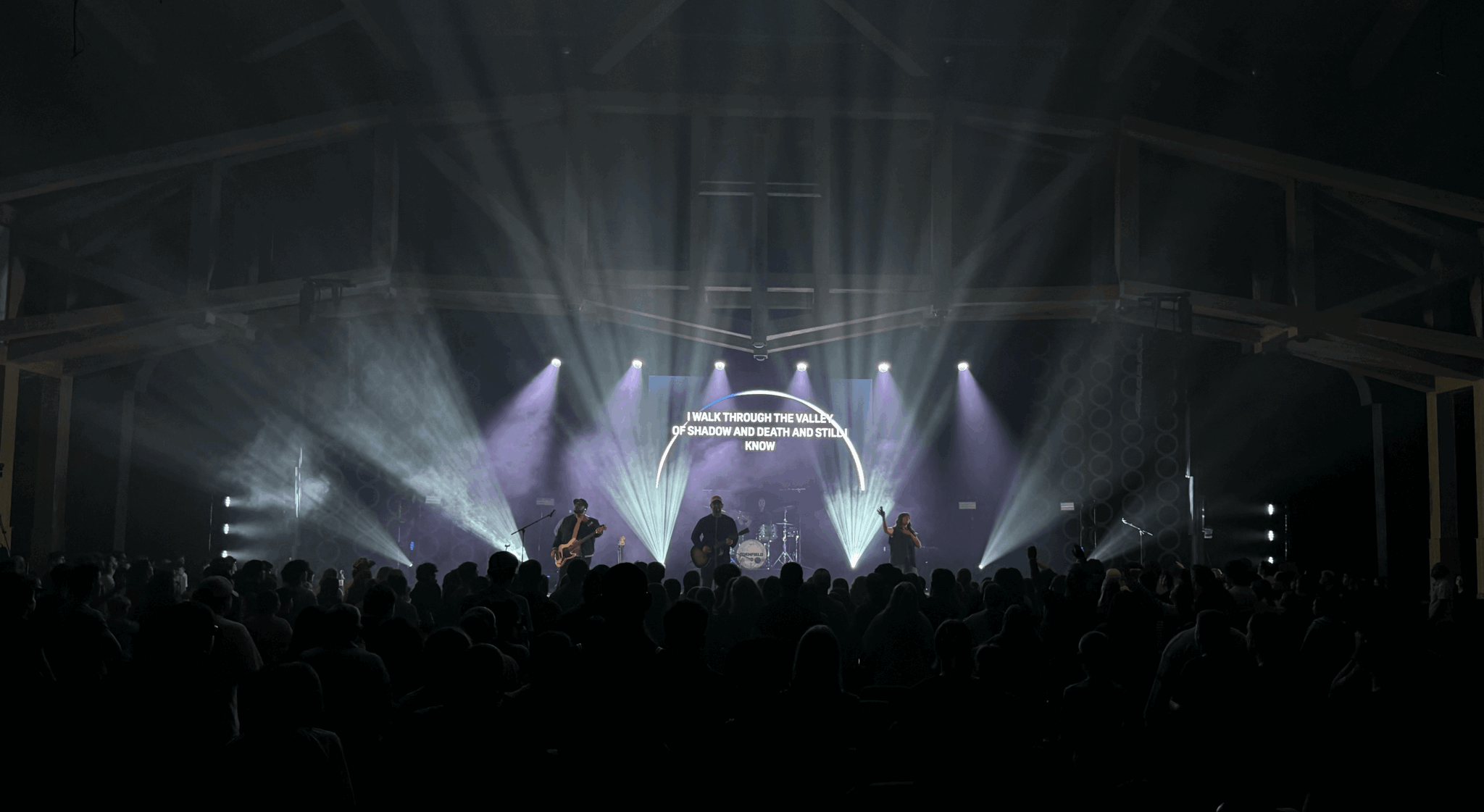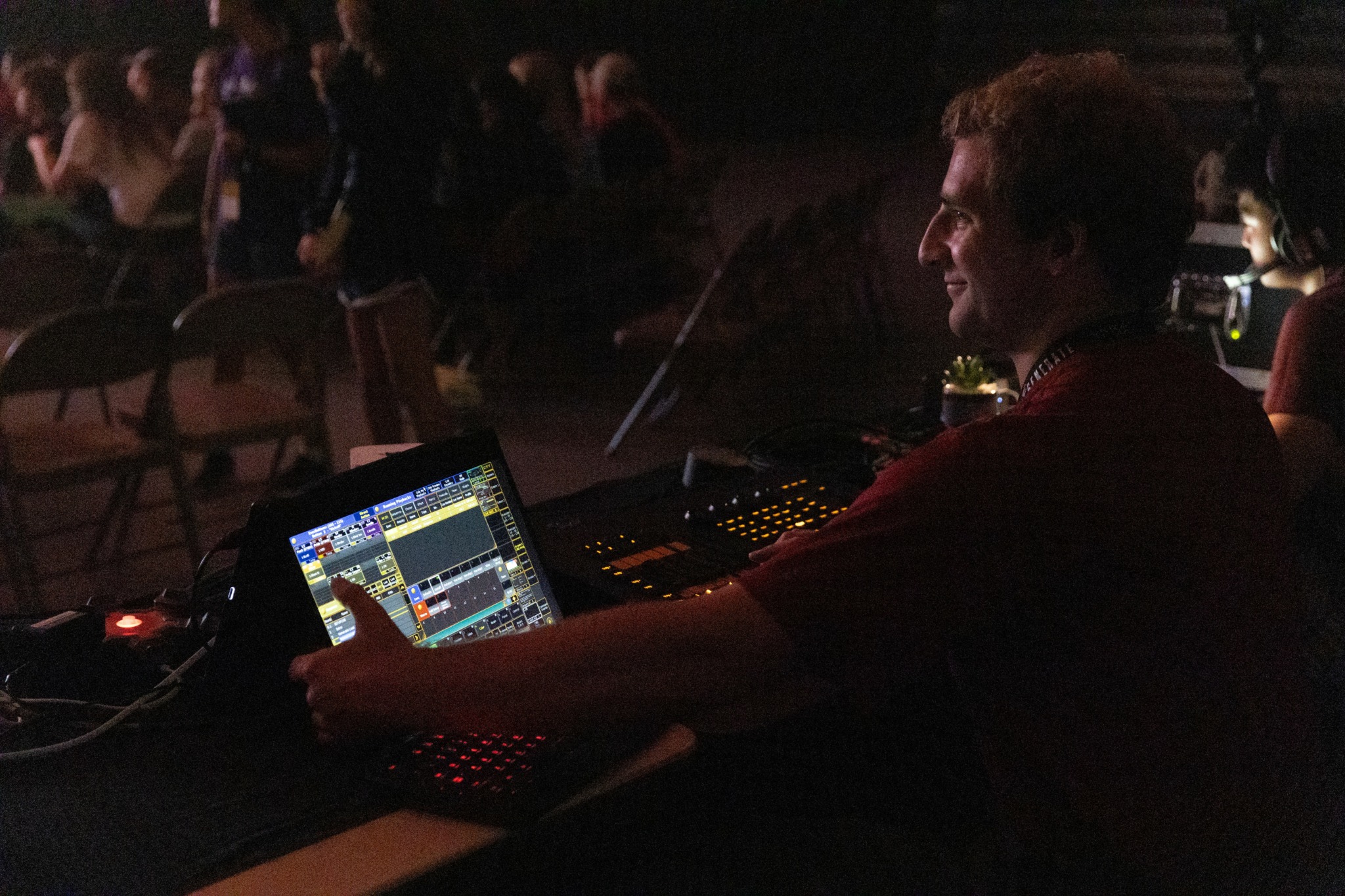We recently connected with Bryce Miller and have shared our conversation below.
Bryce, thanks for joining us, excited to have you contributing your stories and insights. Folks often look at a successful business and imagine it was an overnight success, but from what we’ve seen this is often far from the truth. We’d love to hear your scaling up story – walk us through how you grew over time – what were some of the big things you had to do to grow and what was that scaling up journey like?
Scaling Lightspeed Industries wasn’t a straight path—it took a whole lot of strategic planning, adaptability, and a strong network. Early on, word-of-mouth referrals fueled growth, and I expanded beyond Colorado by saying yes to new opportunities, even when they required learning new skills on the fly. One key moment was taking on the installation of access control systems without prior experience, proving that adaptability could set my business apart. Without that, and the ability to not just make, but quickly correct mistakes, I can say with a fair amount of certainty that I would not have been able to scale beyond the very basic setup that I had back when I first started.
Financial strategy played (and still plays) a huge role—I focus on balancing ensuring that the solutions I advocate for are the most cost effective for the client. This is a great way that I can ensure not only that customers are satisfied that the work I do, but that they can trust me to handle both current and future projects.
One last area that I have found to be great for growing and scaling a business is an ability to work with other contractors. Most of the projects that I’ve worked on through Lightspeed Industries are single entity projects, however in recent years I have been involved in more and more projects that involve multiple integrators and systems technicians. Without an ability to properly split projects and effectively communicate, it would be impossible to scale up Lightspeed Industries. There’s no shortcut—consistent effort, calculated risks, and client relationships made scaling possible.


As always, we appreciate you sharing your insights and we’ve got a few more questions for you, but before we get to all of that can you take a minute to introduce yourself and give our readers some of your back background and context?
I got into AV/IT and live production through a mix of passion, mentorship, and hands-on experience. From a young age, I worked on any project I could, learning from mentors and refining my skills in video production, lighting design, and system integration. Over the years, I expanded my work across multiple states, taking on increasingly complex projects.
Lightspeed Industries specializes in AV/IT installations, live event production, and video content creation. What sets us apart is our adaptability, problem-solving mindset, and ability to balance the client’s budget with their expectations. I take pride in never saying “no” to challenges, always finding solutions to bring clients’ visions to life. Whether it’s a high-stakes live event, a custom AV installation, or a video production, I can always guarantee high quality results with a hands-on and client-focused approach.


What’s a lesson you had to unlearn and what’s the backstory?
One lesson I had to unlearn was the idea that technical mastery alone determines success. Early on, I focused heavily on developing my skills and pushing myself to gather new ones as often as possible, thinking that expertise would naturally lead to opportunities. While technical ability is crucial and can get you in the door, I quickly realized that relationships, adaptability, and creative problem-solving are just as—if not more—important than skills and system proficiency.
Clients aren’t looking for someone who just knows the equipment; they want someone who understands their vision and can execute it seamlessly. Beyond that, customers are searching a contractor who cares not just about the project, but about the people. I have found that project with contractors that build relationships with their clients tend to succeed at a much higher rate, and in a far cleaner way that those that don’t have those types of people. Learning to prioritize communication and flexibility, as well as relationship building has been key to my growth, not just professionally, but personally as well.


We’d love to hear about how you keep in touch with clients.
Both of these are major factors in how I conduct myself from job to job. The best example I have here is whenever I know I will be getting into big projects that may take more of my time, I will send messages to clients that frequently utilize my services, letting them know the timeframe that I may be less available, and asking if they need anything taken care of. This is a great way of checking in with clients to let them know that I want to make sure they have everything they need to succeed. Fostering brand loyalty is the easier part of this proposition based on a lot of the experiences I’ve had. I not only work to ensure that whatever method or solution I recommend is going to be the most reasonable cost, but will also adjust with the client to make certain that we can fit their budget. Lightspeed Industries has been able to flex well in just about any situation to ensure that we can do the job well without the client having to worry about having an unreasonable chunk taken out of their bottom line.
Contact Info:
- Website: https://www.lightspeedltd.org/
- Instagram: https://www.instagram.com/bryce___miller/
- Linkedin: https://www.linkedin.com/in/bryce—miller/
- Youtube: https://www.youtube.com/@LightspeedIndustriesPortfolio
- Other: IMDb: https://www.imdb.com/name/nm13726466/


Image Credits
In no particular order: Max Collins, Emily Reichley, Emily Robbins, Kaitlyn Gibbs, Bryce Miller, Lindsay Stück


